What to do if you get hurt cooking? Here are some basic first aid in the kitchen tips for minor common kitchen accidents. Barring some serious injury, for which we encourage you to seek immediate medical attention, these basic solutions are all you will need to return the fun to the kitchen.
By - Reviewed . Published Aug 23, 2006.
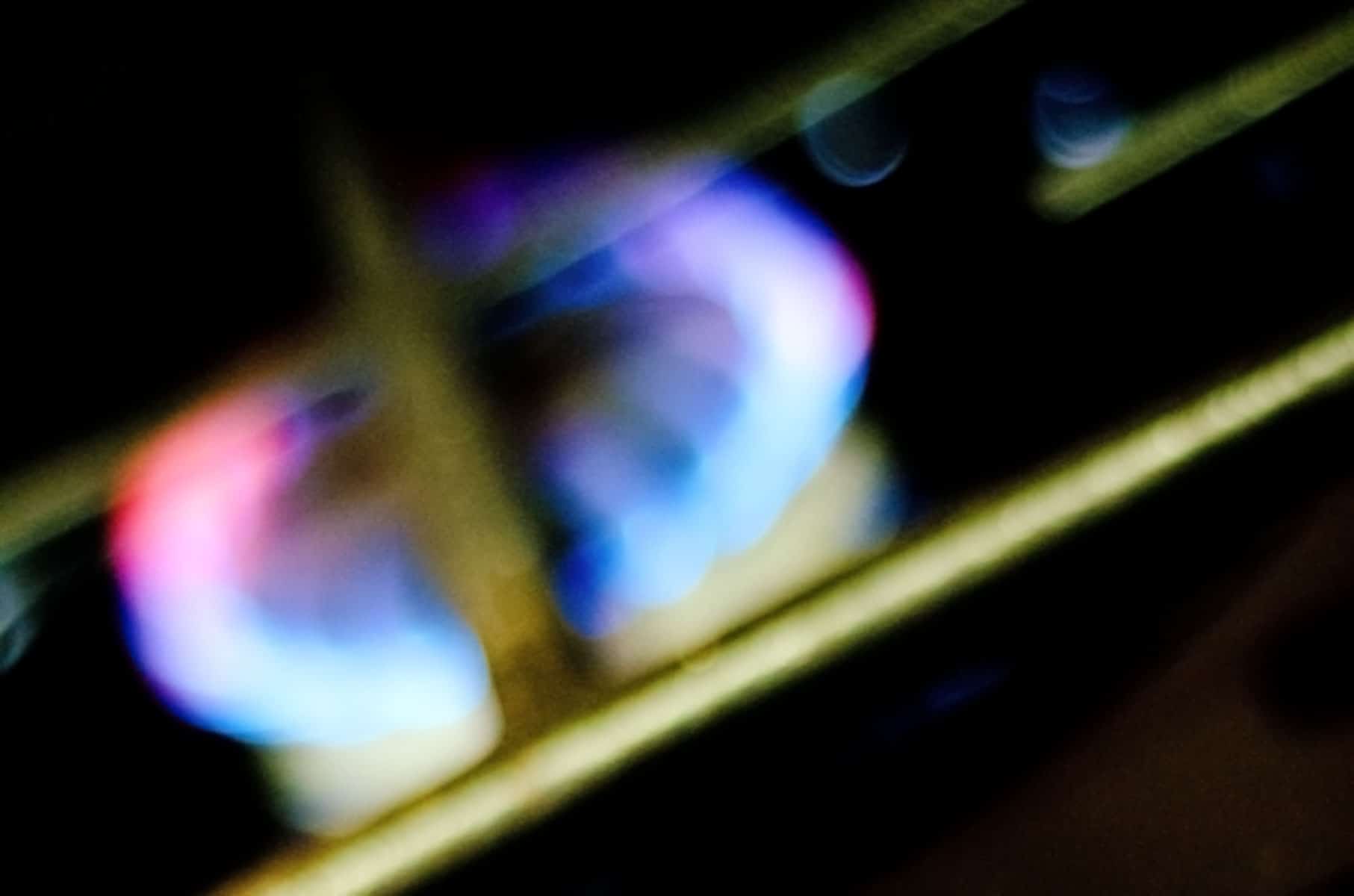
Basic first aid kitchen kit
We suggest you keep at home at least this basic first aid kit (affiliate). It will be useful not only for kitchen accidents but for any home accidents. These are the most basic products that you should have readily available at home:
- Alcohol or antiseptic wipes
- Antiseptic cream / antibiotic ointment
- Burn treatment ointment
- Bandage
- Band-aids
Common kitchen accidents
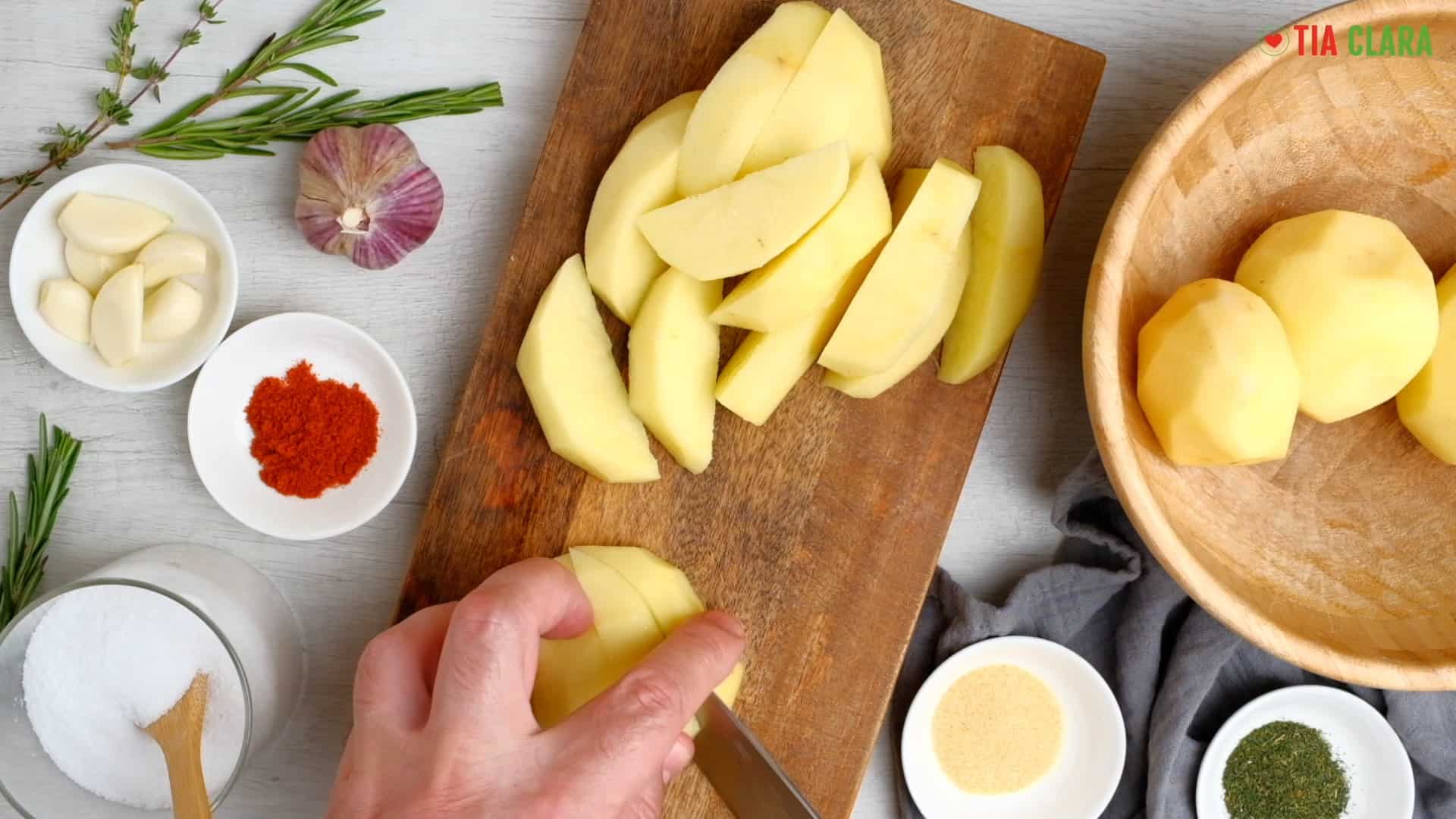
Minor knife cuts
The first thing you have to do: Try to stop the bleeding, and to accomplish that apply pressure on the cut.
Once the bleeding has stopped or diminished, disinfect the wound, you can do this with soap and water, alcohol, or peroxide. If you have any at home, apply an antiseptic cream, some brands contain substances that speed up the healing process and reduce scarring. The next step is to apply a bandage to protect the wound, but don't make it too tight; the wound needs to "breathe" to heal.
Seek medical help if: The bleeding doesn't stop, the cut goes beyond the skin, or simply looks bad enough. Remember your tetanus shot.
Minor cooking burns
The first thing you have to do: Put the affected part under cold running water to lower the temperature of the affected area and relieve the burning sensation.
Once the pain has subsided, keep the water running for some more time. Apply a burn-treatment ointment. This will speed up the healing process and reduce scarring. Cover the burn with a loose bandage. Never put butter or margarine on a burn; this will only make it worse.
If a frying pan catches fire, never douse it with water but smother the flames with a tight-fitting lid or an improvised fire blanket (you can use a kitchen towel).
Seek medical help if: More than the outer layer of the skin looks damaged, blisters appear, looks bad enough, or keeps hurting.
Poisoning
The first thing you have to do: Identify the poison (whenever possible). Remove the source.
If the poison is a manufactured product, see if the label has any instructions for these cases. Follow the instructions.
If the substance has spilled on the body or eyes, flush the substance with running water.
Whether or not you've identified the poison, call 911 (or your local emergency number) for instructions and assistance. Time is of the essence.
Seek medical help if: Always. Immediately.
FAQs
What to do when you cut yourself in the kitchen first aid?
For minor cooking cuts, stop the bleeding by applying pressure, then clean the wound with alcohol and apply an antiseptic cream and band-aid. Seek medical help if the bleeding doesn't stop.
Thanks to my husband for revising this (he's trained in first aid). This is intended only as information; call your emergency number if you are unsure of what to do, or seek emergency assistance. Better safe than sorry.
For more information, visit:
- CDC's Burns Fact Sheet (printable)
- Red Cross' website
- Poison Prevention Checklist - University of New Mexico (printable)
Want to save this recipe?
Enter your email & I'll send it to your inbox. Plus, get great recipes from me every week!
By , published Aug 23, 2006 on Tia Clara


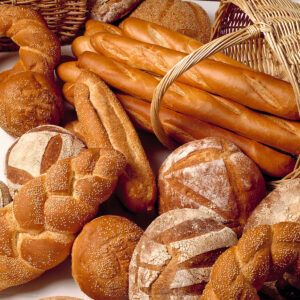
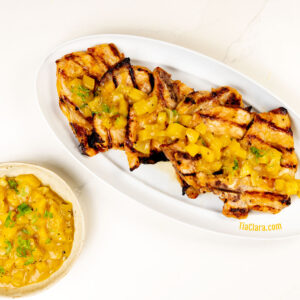
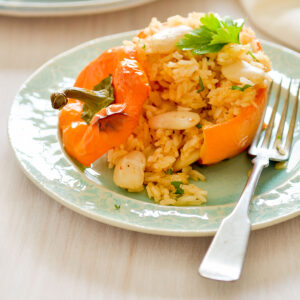
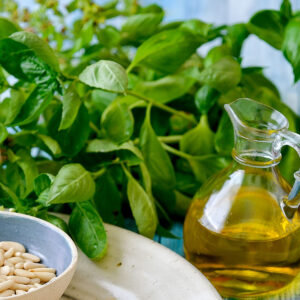
Comments
No Comments